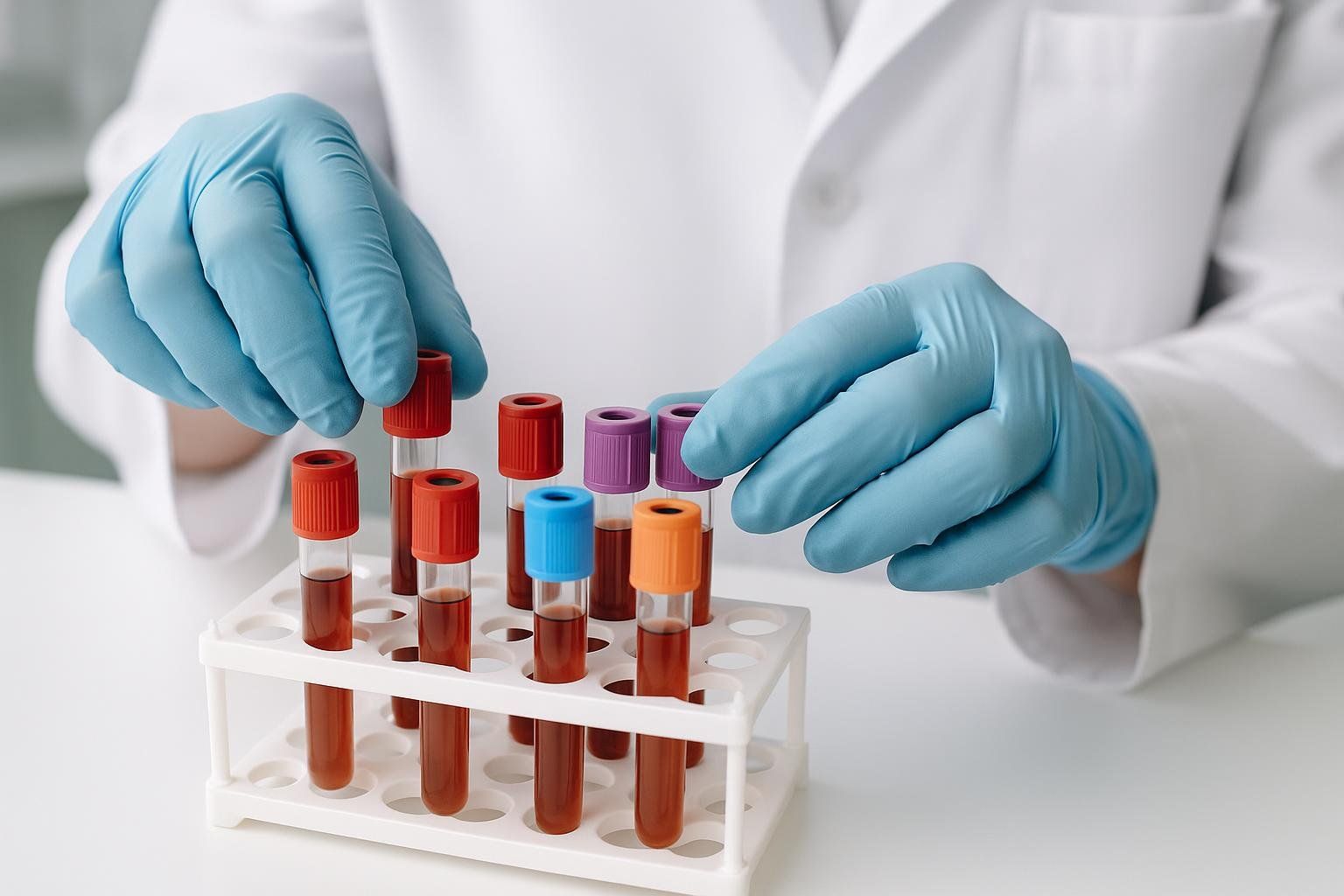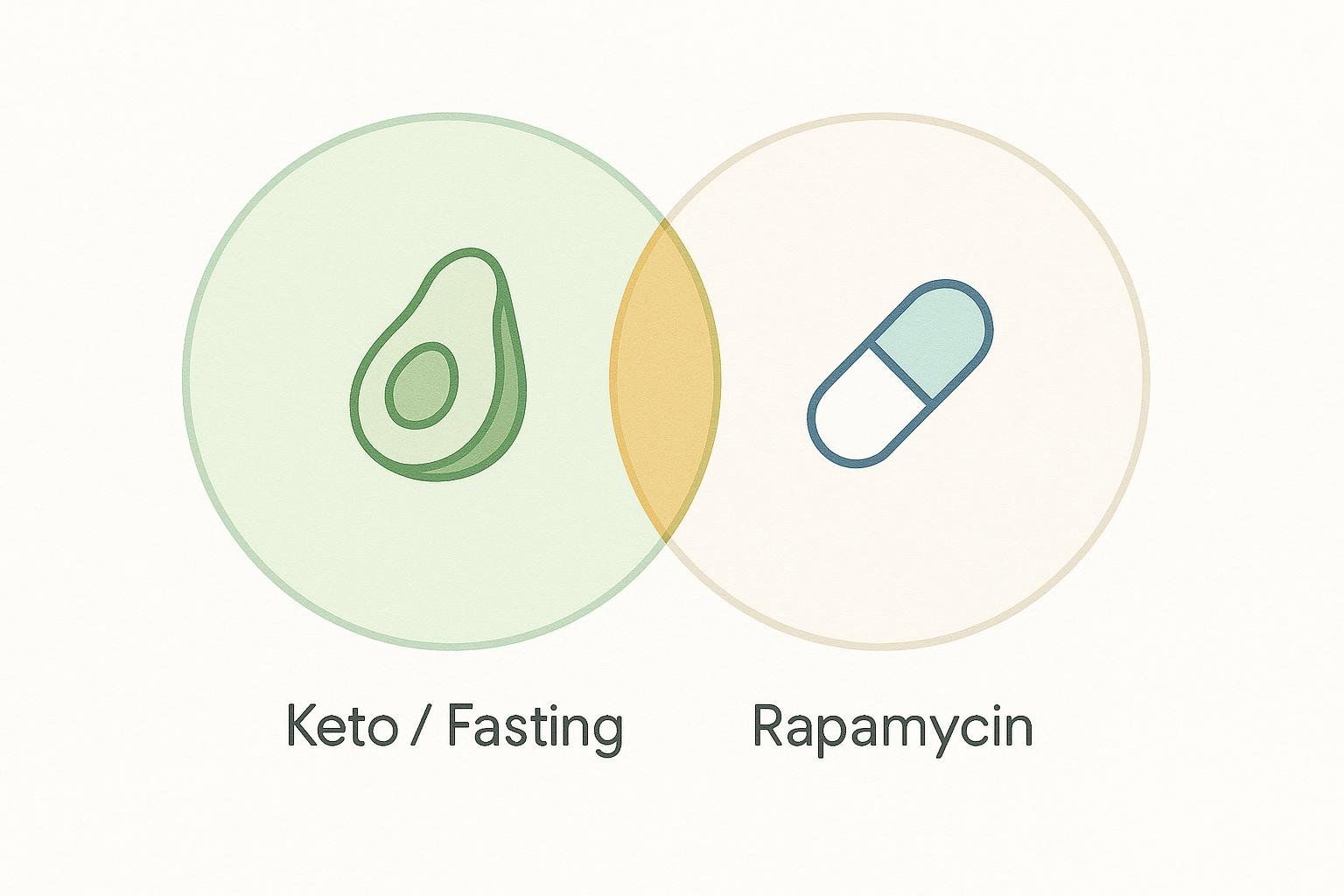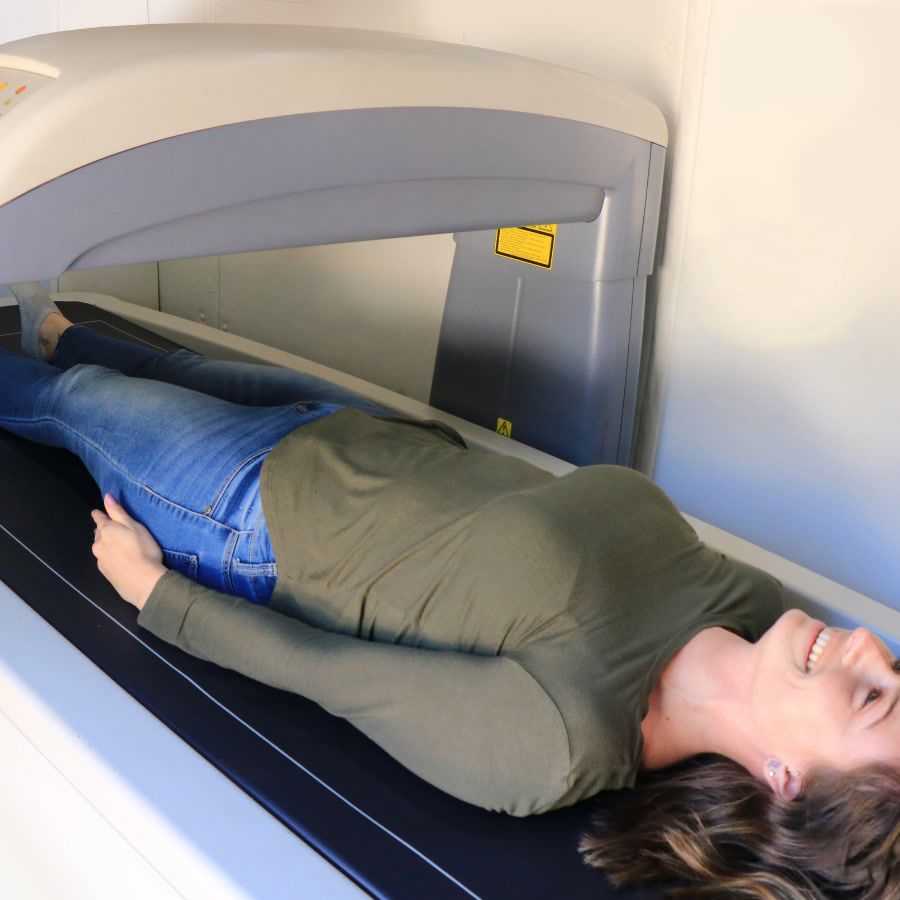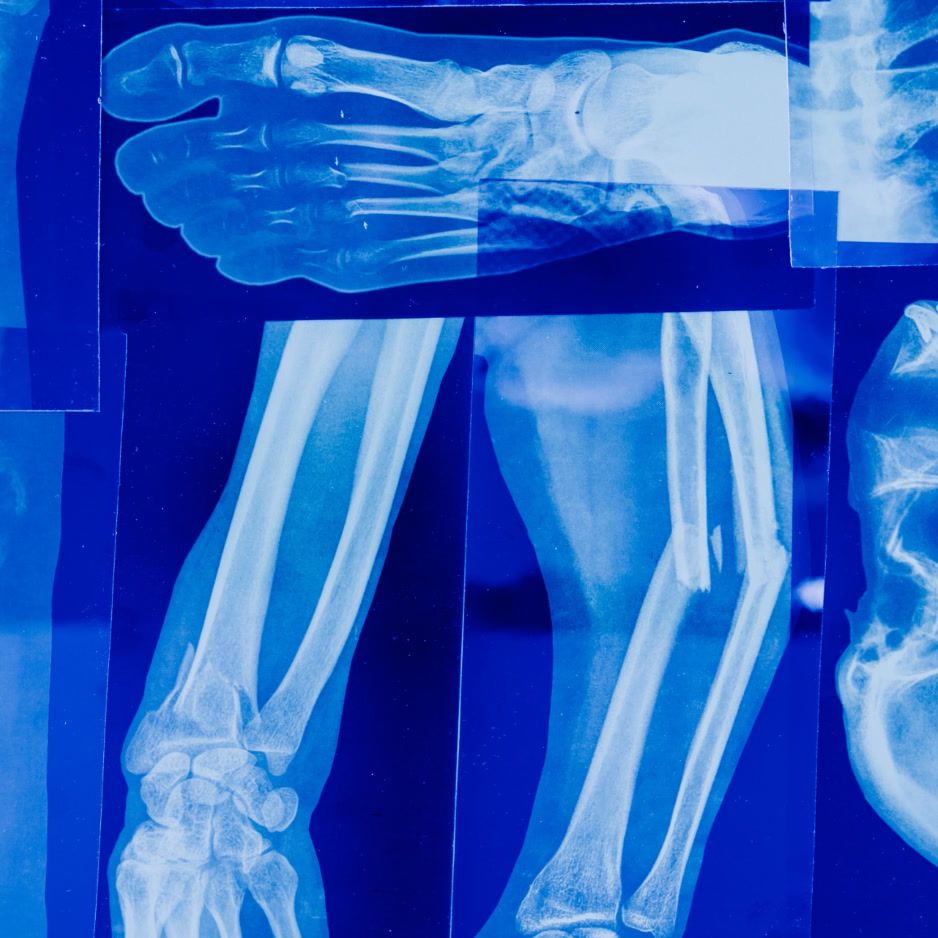Rapamycin Side Effects: Complete Safety Guide

Rapamycin Side Effects: Complete Safety Guide
Rapamycin (sirolimus) is no longer just an anti-rejection drug for transplant recipients; it has become the poster child of the modern longevity movement. By dialing down the mTOR pathway—a cellular growth switch that tends to get stuck in the “on” position as we age—rapamycin appears to extend lifespan in everything from yeast to mice.
However, reducing mTOR activity too far, too long, or in the wrong individual can lead to a spectrum of adverse effects ranging from mildly irritating mouth ulcers to medically significant lung inflammation.
This guide unpacks the latest evidence on rapamycin side effects, showing how they change with dose, frequency, and personal risk factors—then offers practical monitoring and mitigation steps you can discuss with your physician.
Disclaimer: Information below is for educational purposes only and is not medical advice. Always work with a qualified healthcare provider when considering rapamycin or any prescription drug.
How Rapamycin Works (and Why That Matters for Side Effects)
Rapamycin forms a complex with the protein FKBP12 and selectively inhibits mTOR Complex 1 (mTORC1) —a hub that controls protein synthesis, cell growth, and metabolism. Chronic or high-dose exposure can also dampen mTORC2, which may promote insulin resistance and other metabolic issues, as noted in a 2014 review on its multi-system effects.
Translation: The deeper you press the mTOR brake, the more growth-related processes—immune cell production, wound healing, glucose handling—slow down. That pharmacology shapes the entire side-effect profile.
Daily vs. Intermittent Dosing: Two Very Different Risk Profiles
| Use Case | Typical Dose | Dosing Frequency | Primary Goal | Side-Effect Burden |
|---|---|---|---|---|
| Organ transplant immunosuppression | 2–5 mg daily (target trough > 5 ng/mL) | Continuous | Prevent rejection | High — mouth ulcers, impaired wound healing, infections, cytopenias, metabolic issues |
| Longevity / biohacking | 4–10 mg weekly or 1 mg every other day (target trough < 3 ng/mL) | Intermittent | Lower mTORC1 without hitting mTORC2 | Low–moderate — most effects are transient and manageable (patient-reported longevity dosing data) |
Since many reported side effects originate from the high-dose transplant setting, separating these regimens is step one in realistic risk assessment.
Common Rapamycin Side Effects & Incidence Ranges
| Side Effect | What It Feels Like | Reported Incidence* | Typical Onset | Mitigation Tips |
|---|---|---|---|---|
| Mouth ulcers (aphthous stomatitis) | Painful sores on tongue, cheeks, gums | 44–66 % depending on dose (a 2024 review on mTOR-inhibitor mouth sores) | 1–4 weeks | Topical steroid rinse, vitamin B12 lozenges, reduce acidic foods |
| Hyperlipidemia | ↑ LDL, ↑ triglycerides | 15–40 % (metabolic data from a 2014 review) | 4–8 weeks | Discuss omega-3s or statins with your provider; revisit dose |
| Mild GI upset | Nausea, loose stools | 5–20 % | Days | Take with food; consider ginger or OTC anti-nausea aids |
| Acne-like rash | Pimples on face/back | 10–20 % (a 2021 dermatology case series) | 2–6 weeks | Gentle benzoyl-peroxide wash; dose spacing |
| Fatigue | Low energy | 5–15 % | Weeks | Time doses before weekends; optimize sleep & micronutrients |
Incidence reflects heterogeneous clinical trials; longevity-style intermittent regimens often report rates at the low end of each range.
Serious but Less Common Side Effects (Red-Flag Alerts)
| Side Effect | Warning Signs | Estimated Incidence | Action |
|---|---|---|---|
| Non-infectious pneumonitis | New dry cough, shortness of breath, chest pain | ~4–14 % in high-dose transplant cohorts (a renal-transplant cohort study) | Immediate medical evaluation; consider drug discontinuation |
| Thrombocytopenia / leukopenia | Easy bruising, frequent infections | 5–10 % high-dose; rare in low-dose | CBC monitoring every 4–8 weeks; adjust or pause dose |
| Impaired wound healing | Persistent surgical/incision pain, dehiscence | Up to 20 % in surgical patients on daily therapy | Hold rapamycin 1 week pre-op and until wounds close |
| Proteinuria or nephrotoxicity | Foamy urine, edema | < 1 % | Check creatinine & urinalysis every 3–6 months |
Serious adverse events are strongly dose-linked, with most published cases involving trough levels above 5 ng/mL sustained for months.

Side-Effect Risk by Dose & Frequency
| Regimen | Mouth Ulcers | Lipid Spike | Glucose Intolerance | Cytopenia | Pneumonitis |
|---|---|---|---|---|---|
| 2 mg daily | High | High | Moderate | Moderate | Low |
| 5 mg daily | Very high | High | High | High | Moderate |
| 6 mg weekly | Moderate | Moderate | Low | Low | Very low |
| 10 mg every 2 weeks | Low–moderate | Low | Low | Very low | Very low |
Qualitative scale derived from pooled transplant and pilot longevity trials; exact percentages vary.
Who’s at Greater Risk?
- Existing immune suppression (e.g., corticosteroid therapy)
- Poorly controlled diabetes or metabolic syndrome
- Low baseline platelets (< 150 × 10⁹/L)
- Recent major surgery or planned elective procedures
- Concomitant CYP3A4 inhibitors (grapefruit, azole antifungals, some antibiotics—these slow rapamycin’s breakdown, increasing blood levels and side-effect risk.)

If any apply, work with your clinician on a personalized plan—or consider alternative longevity levers such as optimizing sleep or adopting the Longevity Diet.
Monitoring Checklist & Mitigation Playbook
| Test / Action | Frequency | Why It Matters |
|---|---|---|
| Complete blood count (CBC) | Baseline, then every 2–3 months | Detect falling platelets or white cells early |
| Fasting lipid panel | Baseline & 3 months | Manage LDL/TG spikes promptly |
| Fasting glucose & HbA1c | Baseline & 6 months | Track insulin sensitivity |
| Rapamycin trough level | After 3–4 doses, then PRN | Confirm you’re in the longevity—not transplant—range |
| Oral exam | Self-check monthly | Spot ulcers before they derail dosing |
| Liver & kidney panel | Baseline & 6 months | Ensure safe metabolism & excretion |

Potential mitigation strategies to discuss with your doctor include:
- Asking about a dexamethasone mouth rinse for oral ulcers.
- Exploring omega-3 supplementation to help manage lipids.
- Scheduling your weekly dose on a Friday evening to sleep through any transient fatigue.

For a deeper dive into lab work, see our Preventive Health Screening Guide.
FAQ: Rapid-Fire Answers to Your Top Safety Questions
Does rapamycin always raise blood sugar?
Not necessarily. Chronic high-dose therapy can blunt insulin signaling via mTORC2 inhibition, but intermittent low-dose protocols often show neutral or even improved insulin sensitivity in animal models (animal model data on mTORC2).
Can I take rapamycin while fasting or on keto?

Fasting and ketogenic diets intrinsically lower mTOR activity. Layering rapamycin on top can deepen the signal; monitor energy levels and glucose closely. Start low, go slow.
Are there supplements that reduce side effects?
Possibly. Some studies suggest vitamin C, B-complex, zinc, and omega-3s may support mucosal healing and lipid balance. Always vet supplement combinations with your pharmacist.
How long before side effects go away after stopping?
Most common effects (ulcers, rash, mild dyslipidemia) resolve within 1–4 weeks. Serious events like pneumonitis may take longer but usually improve after discontinuation.
Key Takeaways
- Side effects scale with dose and exposure time. Weekly or bi-weekly dosing keeps most risks low.
- Mouth ulcers, lipid bumps, and mild GI upset top the list of common—but manageable—issues.
- Serious events are rare at longevity doses but mandate proactive labs and physician oversight.
- Because mTOR modulation influences how your body partitions muscle and fat, periodic DEXA scans can help quantify changes in lean mass, visceral fat, and bone density as you fine-tune your regimen.
- Personalize your plan. Age, comorbidities, and other meds can tilt the risk calculus.


